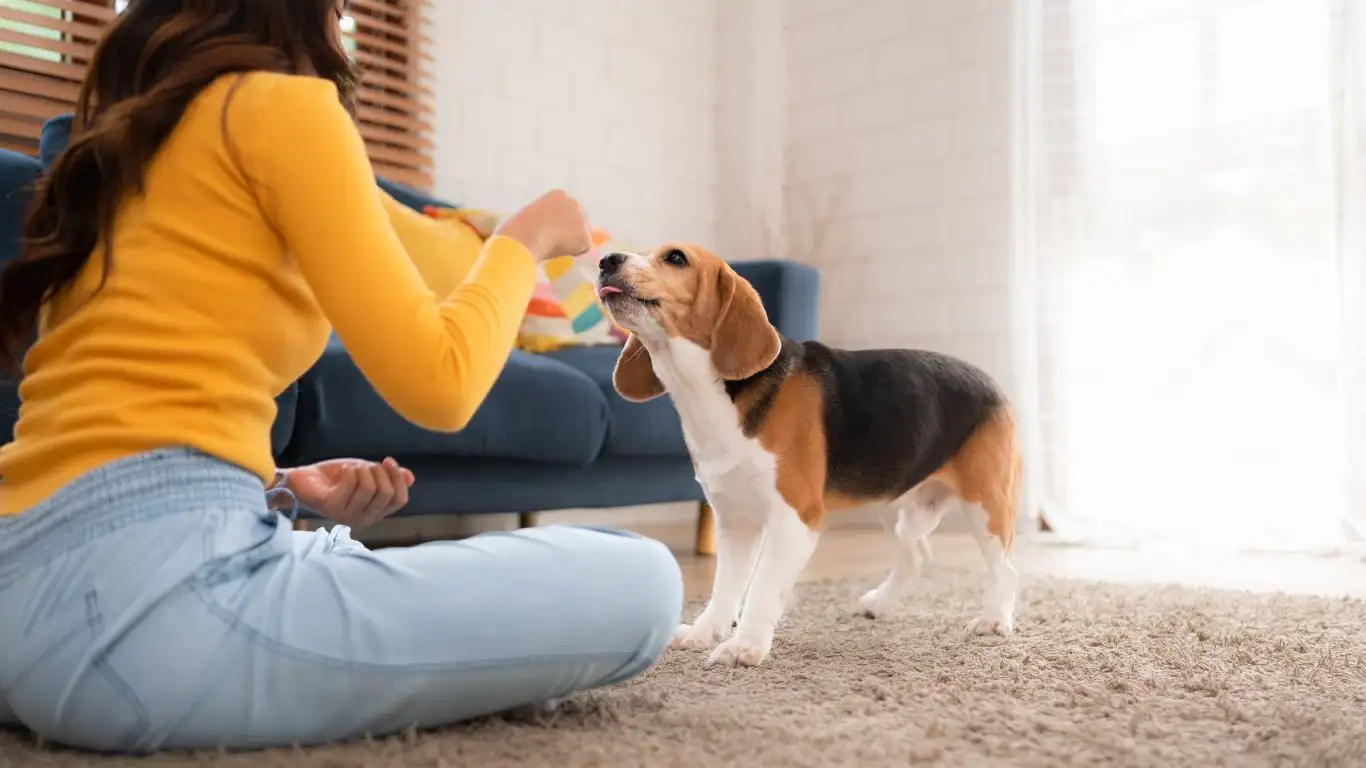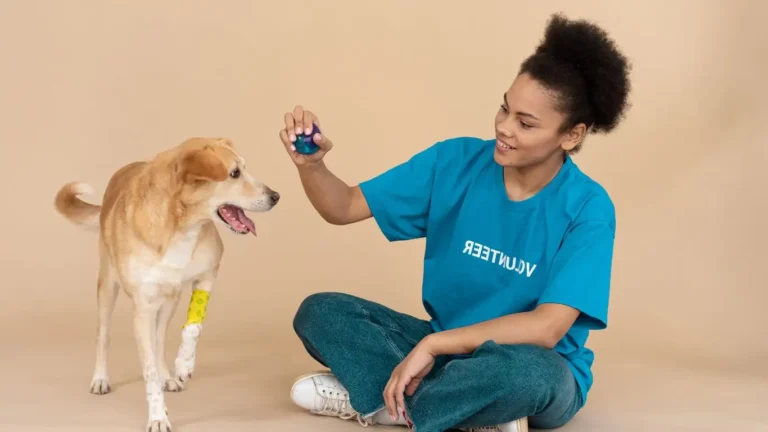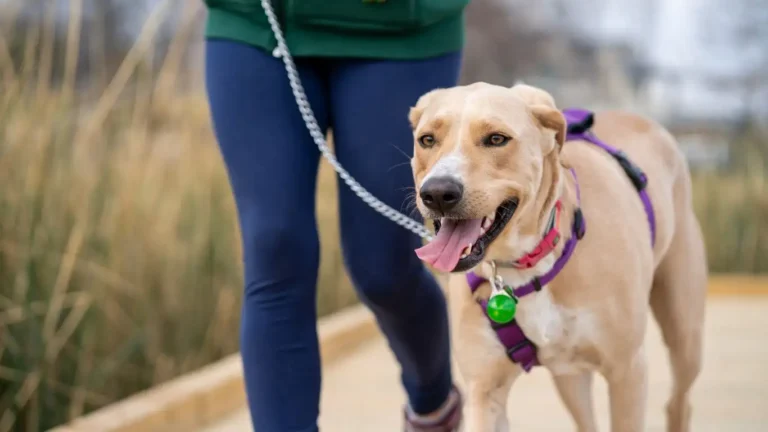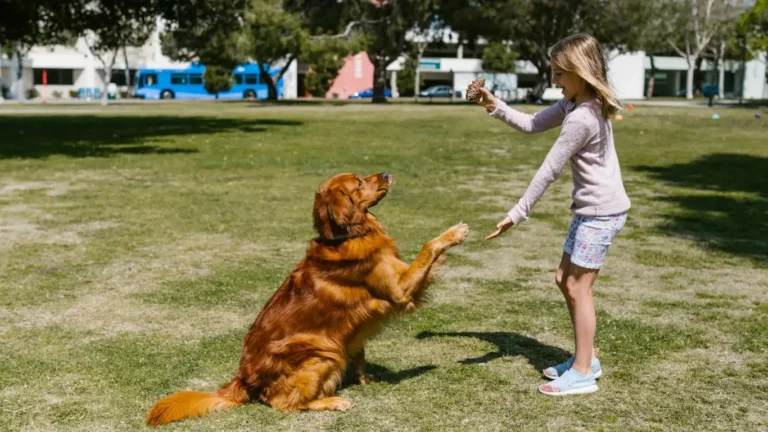Help Your Dog Stay Calm: How to Train a Dog to Tolerate Car Horns
Ever taken your dog for a drive only to have them panic the moment they hear a car horn? You’re not alone. Whether it’s barking, trembling, or trying to jump into your lap, many pet parents know the struggle of a pup that can’t stand the blaring sound of traffic. It can turn a simple car ride into a stressful experience for both of you.
The good news? With a little patience and the right approach, you can help your dog build confidence and stay calm — even when horns are honking around you. This guide will walk you through exactly how to do that, using trusted, humane techniques grounded in behavior science and expert advice.
Why Are Car Horns So Scary for Dogs?
To understand how to help, it’s important to know why your dog reacts to car horns in the first place. The sound of a horn is loud, sudden, and often associated with danger — at least from your dog’s point of view. Canines have incredibly sensitive hearing, so what’s just a loud honk to us might feel like an explosion to them.
“Dogs interpret sudden, high-pitched noises as potential threats,” says Dr. Jessica Pierce, a bioethicist and author of The Last Walk: Reflections on Our Pets at the End of Their Lives. “They don’t know it’s just a car signal — they just know something alarming is happening.”
Over time, these reactions can build into full-blown anxiety if not addressed. That’s where training comes in.
How to Train a Dog to Tolerate Car Horns
Here are step-by-step tips to gently desensitize your dog and help them stay cool when the horns start honking.
-
Start in a Quiet Environment
Begin your training somewhere your dog feels safe, like your living room. This way, you’re removing other stressors so your dog can focus. Don’t start near a busy road — that comes later! -
Use Sound Recordings First
Look up a recording of car horns online and play it at a low volume while your dog is doing something they enjoy — like chewing a treat or relaxing. Gradually increase the volume over several sessions as your dog gets used to it.
Tip: Keep sessions short and positive. If your dog seems stressed, lower the volume and try again later. -
Pair the Sound with Rewards
Every time the horn plays, toss your dog a high-value treat (like cooked chicken or cheese). This teaches your dog to associate the noise with something good.
According to the American Veterinary Society of Animal Behavior (AVSAB), positive reinforcement is one of the most effective tools in changing emotional responses in dogs. -
Gradually Add Real-Life Exposure
Once your dog is comfortable with recordings, start exposing them to the real thing — but in a controlled way. Sit in a parked car and have a friend honk gently from a distance, rewarding your dog each time they stay calm. -
Practice Short Car Rides
Start with calm drives around quiet streets. Bring a favorite toy or blanket to make the car feel safe. If you hear a horn and your dog stays relaxed, give lots of praise and a treat. -
Use Calming Tools if Needed
Some dogs may benefit from calming aids like Thundershirts, pheromone sprays, or even calming music. These tools don’t replace training, but they can support it — especially for highly anxious dogs.
What the Experts Say
“Fear-based responses to sound are one of the most common behavioral issues in dogs,” explains Dr. Karen Overall, a board-certified veterinary behaviorist at the University of Pennsylvania. “But with a structured plan and consistency, most dogs can learn to tolerate — even ignore — triggers like car horns.”
According to a 2020 study published in the Journal of Veterinary Behavior, dogs exposed gradually to stressful sounds with positive reinforcement were significantly less likely to develop long-term noise phobias.
Extra Tips You Might Not Have Tried
-
Try Scent Distraction
Some dogs respond well to calming scents like lavender or chamomile. A few drops on a bandana can provide a soothing distraction during car rides.
Note: Always use pet-safe essential oils and consult your vet first. -
Desensitize Other Sounds Too
If car horns are a problem, chances are other sounds are stressful too (sirens, motorcycles, etc.). Use a similar training method to create overall noise tolerance. -
Know When to Call a Professional
If your dog shows severe anxiety (panting, drooling, aggression, or escape attempts), it’s worth getting help from a certified canine behaviorist or your veterinarian.
The Bottom Line
Every dog is different. Some pups may need just a few sessions to adjust, while others require more time and support. What matters most is patience, consistency, and compassion.
By following these simple, expert-backed steps, you can turn stressful car rides into peaceful ones — and help your dog feel more confident and secure along the way. Just remember: progress may be gradual, but with love and guidance, it’s always possible.






